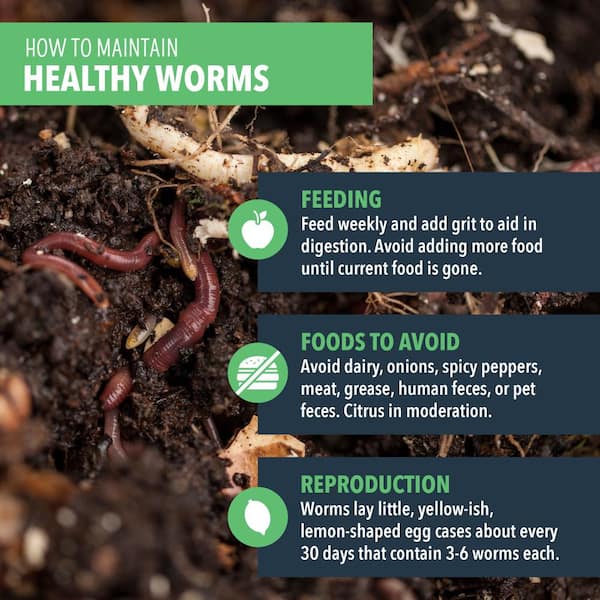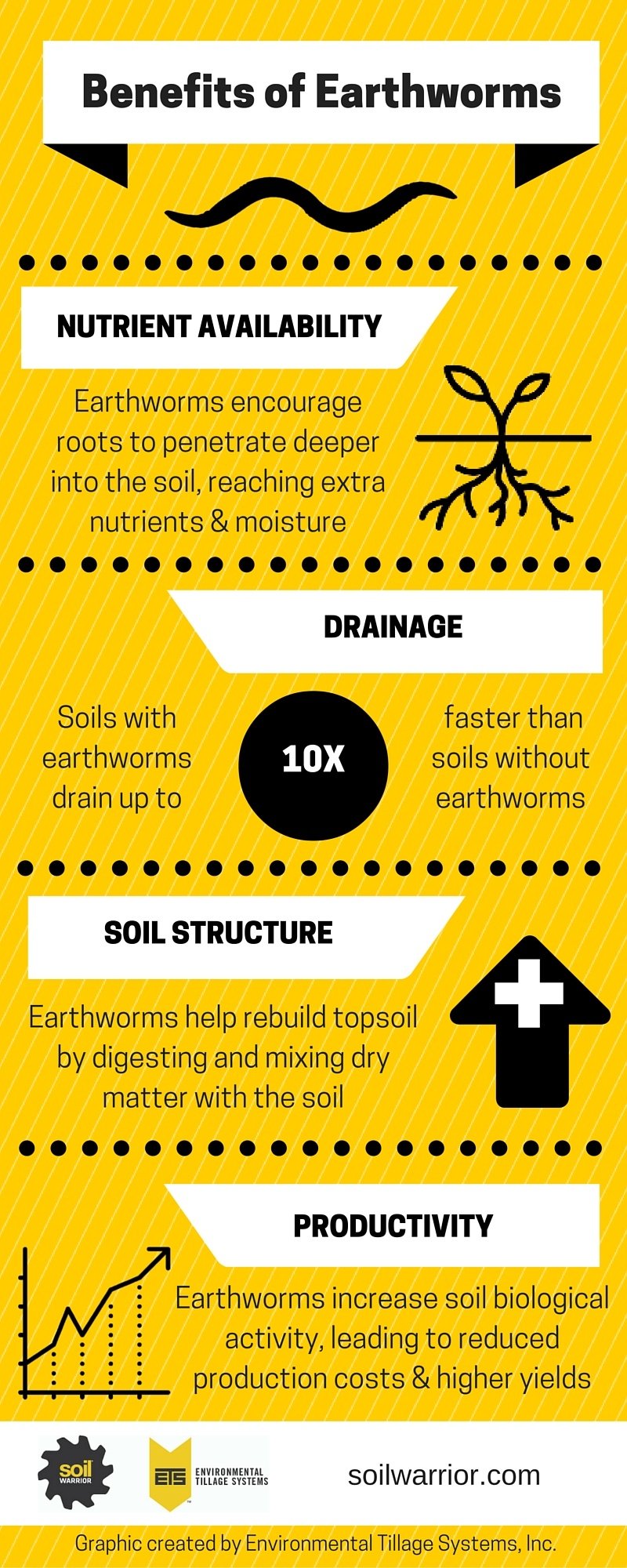The Greatest Guide To North Carolina Worms
The Greatest Guide To North Carolina Worms
Blog Article
Fascination About North Carolina Worms
Table of ContentsThings about North Carolina WormsNorth Carolina Worms for BeginnersNot known Details About North Carolina Worms Some Known Factual Statements About North Carolina Worms
Instance: 1-gallon of worm castings to 4 gallons of potting mix. Do NOT utilize a potting mix that has chemical plant foods in it. Read the labelit will certainly say. 1/2 cup in all-time low of the planting hole for smaller sized plants. 1 cup for larger plants. ie. tomatoes, environment-friendly peppers, summer squash, and so on.
The addition of tea can also add increased microbial biomass to your soil. You can constantly side-dress your plants with worm castings at any moment. Just keep in mind, the microbes will pass away if exposed to UV rays (Sun), so be sure to cover the spreadings with an inch or two of soil.
This frustrated them for years till the testing methods ended up being better. It would certainly obtain far better(with more castings), degree off, and after that decrease. As well many worm castings would speed up the development to a pace that the plant might not recuperate from.
The North Carolina Worms PDFs
I have clarified the virtues of worm spreadings for about 2000 words. Worm castings are no various. It takes time to develop high quality worm castings.
Worm spreadings absolutely set you back more than chemical fertilizers. Worm castings are on the cheaper end of organic fertilizers. (50 gallons per year) It is a much tougher and extremely pricey investment to create big quantities of worm castings.

Producing a healthy and balanced dirt may be the greatest advantage of worm castings. We discussed worm spreadings NPK and additionally the proper nutrient evaluation that need to apply to worm castings.
The Definitive Guide for North Carolina Worms
We chatted concerning some of the disadvantages associated with worm spreadings. I covered a great deal of product in this article.
The upright burrows are generally open, although the worms cover the leading with deposit and excrement. The vertical burrows are very vital factors of entrance for quick water infiltration right into the soil, particularly in no-till systems. Air-filled porosity is vital in assisting plant roots to thrive. Roots need oxygen for their growth, whereas they generate co2 that needs to leave the soil.
Earthworms increase porosity by 2 systems: (1) by creating long-term burrows, and (2) by improving dirt gathering. Aggregation is improved by the blending of soil and raw material in the earthworms' digestive tracts. Lake Rhodhiss Bait. These highly secure accumulations are deposited by some earthworms in their burrows, and by others at the surface area of the dirt


In an additional study, earthworms were approximated to consume 4 to 10 percent of the top 6 inches of the soil yearly. This only goes to show the huge amounts of soil that can be processed by earthworms. Soil compaction minimizes the porosity of the dirt. Due to the fact that earthworms raise porosity, they lower the results of compaction.
All about North Carolina Worms
Typical earthworm populaces can quickly consume 2 bunches of dry matter per acre each year, partially digesting and blending it with soil. The importance of earthworms to blend surface deposit with dirt ends up being very clear in dirts that do not have any earthworms. Many of our Pennsylvania dirts have at the very least some earthworms, and the impact of their full absence, therefore, can not be kept in mind.
(https://www.anibookmark.com/user/northcarolinaworms.html)In these soils, the formation of topsoil with sensible raw material web content did not happen, resulting in poor plant development. When the cause was established, the federal government of the Netherlands began a project to present earthworms. After the introduction of the earthworms, a dark topsoil layer was created, and plant growth increased considerably.
They live largely from partly broken down organic issue that is currently integrated in the soil. They consume their means via the soil, creating straight burrows that they full of their excrement. These types ingest huge amounts of dirt that they blend with digested plant deposit in their digestive tracts. or anecic species stay in long-term upright burrows that can be 5 or 6 feet deep.
Their burrows remain open, although they top the leading with plant residue that they pull to the entryway. These varieties ingest considerable amounts of dirt that they mix with digested deposit in their digestive tracts. Their excrement is mostly deposited at the surface of the dirt. The nightcrawler Lumbricus terrestris is the most famous member of this group.
Report this page